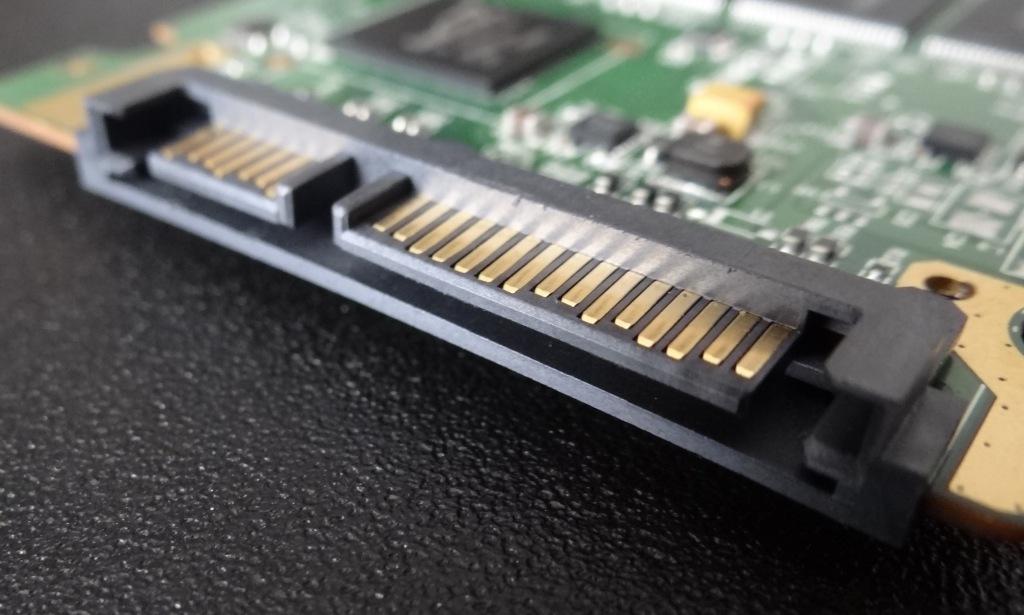The SSD Review uses benchmark software called PCMark Vantage x64 HDD Suite to create testing scenarios that might be used in the typical user experience. There are eight tests in all and the tests performed record the speed of data movement in MB/s to which they are then given a numerical score after all of the tests are complete. The simulations are as follows:
- Windows Defender In Use
- Streaming Data from storage in games such as Alan Wake which allows for massive worlds and riveting non-stop action
- Importing digital photos into Windows Photo Gallery
- Starting the Vista Operating System
- Home Video editing with Movie Maker which can be very time consuming
- Media Center which can handle video recording, time shifting and streaming from Windows media center to an extender such as XBox
- Cataloging a music library
- Starting applications
If you are new to testing and considering benchmark software, this is the best you can get because the program goes well beyond the results of simulated testing as we have already done. In comparing SATA 2.0 SSDs, we have reached the bandwidth limit and the performance of most new SATA 2 SSDs is as high as it can get with typical high sequential access speeds in the area of 280MB/s read and 270MB/s write.
 We needed a way to differentiate these drives and to find a method that can actually put one drive above another and this is exactly what Vantage testing does. Its tests combined can provide an accurate comparison between drives and its tests individually can assist a smart shopper in finding the best SSD for their needs. Next to actual true to life testing which can take an insurmountable length of time, PCMark Vantage is the only program that can compare any SSD, side by side, regardless of SATA interface or controller in use.
We needed a way to differentiate these drives and to find a method that can actually put one drive above another and this is exactly what Vantage testing does. Its tests combined can provide an accurate comparison between drives and its tests individually can assist a smart shopper in finding the best SSD for their needs. Next to actual true to life testing which can take an insurmountable length of time, PCMark Vantage is the only program that can compare any SSD, side by side, regardless of SATA interface or controller in use.
COMAY VENUS PRO 3 VANTAGE TOTAL POINT SCORE
The Venus Pro 3 pulled through Vantage Testing with a high Total Point Score of 71808 points which makes this the third highest SATA 3 SSD score we have attained to date. Placing just above the Kingston Hyper X 3k and just below the Intel 520 was definitely not a result we had expected. The high transfer speed reached during testing was 421MB/s while testing in Media Center.
 PCMARK VANTAGE SATA 3 HIERARCHY
PCMARK VANTAGE SATA 3 HIERARCHY
The Vantage SSD Hierarchy is based solely on our PCMark Vantage Total Score results and serve to provide visual display of how close new generation SATA 3 SSDs truly are.
 The SSD Review The Worlds Dedicated SSD Education and Review Resource |
The SSD Review The Worlds Dedicated SSD Education and Review Resource | 
tbh i was hoping this new pro version SSD would do extremely well, was really looking foward to a sandforce drive out perform the plextor m3pro. currently sandforce drives been doing pretty well with the incompressible data at over 300mb/s but thats just crystaldisk though, which shows the best possible results unlike AS SSD which shows the worst possible result.
quite frankly the lowest results showing in AS SSD for plextorm3p are way too good, and its access time simply amazing lol. sandforced write latency usually around .18-.2 ms, just cant beat marvel/samsung controller.
i’ll probably just wait till something* that has really good 4k speed, something a bit better than the intel 520 drives
you can buy this product with contact iPCZEN.
http://www.ipczeninformatique.fr
I’ve always wondered just how much a supercap adds to the price of an SSD. I suspect very little. These should have been standard on all models, not just the enterprise ones. Just a marketing gimmick to boost prices.
As for access time performance you have to be cautious here. A controller designer can use DRAM as a crutch to boost performance and there is always a tradeoff. In this case it’s an incrfeased risk of data corruption or loss. The large DRAM cache becomes a data integrity risk as well as performance enhancer. Hell, if you used enough DRAM you could achieve RAMDISK performance across the board.
The supercap adds a few $s to the BOM, depending on the size of the cache, and whether the device/controller operates in cache protection mode (which keeps some flash memory erased and ready to accept the contents of the cache).
As for their use of DRAM cache to speed up performance, that’s why CoreRise has used the supercap: You get all the write speed benefits of a large DRAM cache, with no loss of data integrity. The supercap acts as an internal UPS to ensure that there’s time to write all the cache contents to flash after a power loss/interruption.